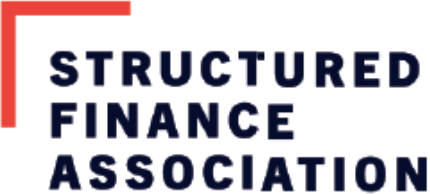Mixed economic signals have many worrying about what’s to come. Distracted leaders could lose sight of their inclusion and belonging goals to the detriment of future innovation. But it doesn’t have to be this way, say Hise Gibson and Nicole Gilmore.
Following the murder of George Floyd in 2020, business leaders vowed to change organizational culture to increase diversity and inclusion.
Some companies established more robust employee affinity groups, others diversified the voices on their teams, and some invested significantly in underrepresented communities.
As the COVID-19 pandemic dragged on, executives worked to continue these efforts, despite supply chain disruptions, labor shortages, and erratic consumer spending. Beyond the moral imperatives of confronting systemic racism, many saw the potential for inclusion and belonging to encourage productivity, collaboration, and innovation.
“BUT YOU CAN PROTECT THOSE GAINS IF YOU REMEMBER THE INTENTION AND MOTIVATION THAT SPARKED THIS MOVEMENT IN THE FIRST PLACE.”
As economic clouds form on the horizon, these efforts might seem less urgent to some. Google, Microsoft, and Amazon have cut jobs and others will follow, perhaps losing some people hired during the past few years. Companies will look to shore up spending, perhaps investing less in diversity and inclusion. It could be a precarious time.
Leaders, you will be in a position to sustain the inclusive cultures you’ve built during the challenges ahead—or give them up at your company’s peril. Yes, it will be tough, especially when competing profit targets and employee demands in the new work models vie for priority. But you can protect those gains if you remember the intention and motivation that sparked this movement in the first place.


